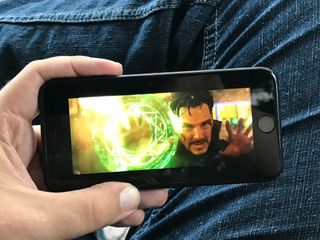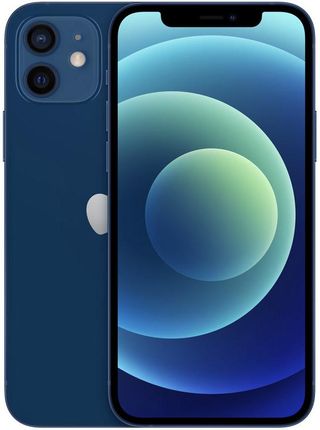iPhone 7 display approaches limits of LCD technology: DisplayMate

Apple says that the iPhone 7 and 7 Plus have the best screens it has ever put on a smartphone, but that is to be expected from the manufacturer. The claim has now been backed up by Dr. Raymond M. Soneira of DisplayMate, whose screen analysis is well respected throughout the tech industry.
Over the weekend, he applied his tools to Apple's new iPhone 7, comparing it to the iPhone 6, and found that its improvements matched Apple's marketing: a much brighter display that can convey some 25% more colors thanks to its DCI-P3 gamut. The phone shifts between P3 and SRGB seamlessly depending on the content being displayed, and at both spectrums the phone is "by far the best performing mobile LCD display that we have ever tested, [breaking] many display performance records," according to the analysis.
Specifically, the iPhone 7 improves in contrast and peak brightness, meaning the darks are as close to perfect as you'll find on an LCD display (which can't match an OLED's perfect blacks due to the use of a backlight), and the brightness is good enough to see the screen comfortable in sunlight. DisplayMate points out that the iPhone 7 has an average peak of 602 nits when set to manual maximum brightness, but can rise to 705 nits with automatic brightness enabled. Only Samsung's Galaxy Note 7, which reached over 1,000 nits in DisplayMate's tests, consistently beat the iPhone 7's peak brightness.
Soneira concludes that Apple appears to have included a near-perfect LCD on the iPhone 7
DisplayMate also notes that the iPhone 7's colors are extremely accurate, "visually indistinguishable from perfect," which means the screens, despite having to be optimized for dual gamuts, are properly calibrated at the factory.
Soneira concludes that Apple appears to have included a near-perfect LCD on the iPhone 7, buttressing the limits of the technology itself, including brightness loss at sharp viewing angles and lower contrast ratios compared to OLED displays. He wonders whether, as rumors have suggested, Apple will indeed turn to OLED displays for the next-generation iPhone, which are "much thinner, much lighter, with a much smaller bezel providing a near rimless design, [and] they can be made flexible and into curved screens, plus they have a very fast response time, better viewing angles, and an always-on display mode."
What do you think of the iPhone 7 display compared to your previous iPhone? Have you noticed a difference? Let us know in the comments below!
Master your iPhone in minutes
iMore offers spot-on advice and guidance from our team of experts, with decades of Apple device experience to lean on. Learn more with iMore!
Daniel Bader is a Senior Editor at iMore, offering his Canadian analysis on Apple and its awesome products. In addition to writing and producing, Daniel regularly appears on Canadian networks CBC and CTV as a technology analyst.

